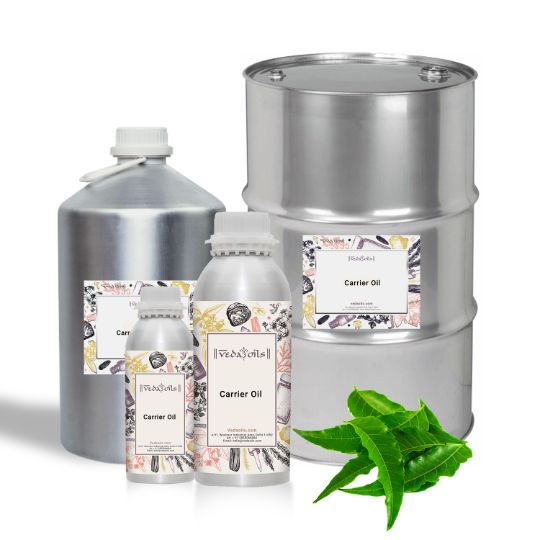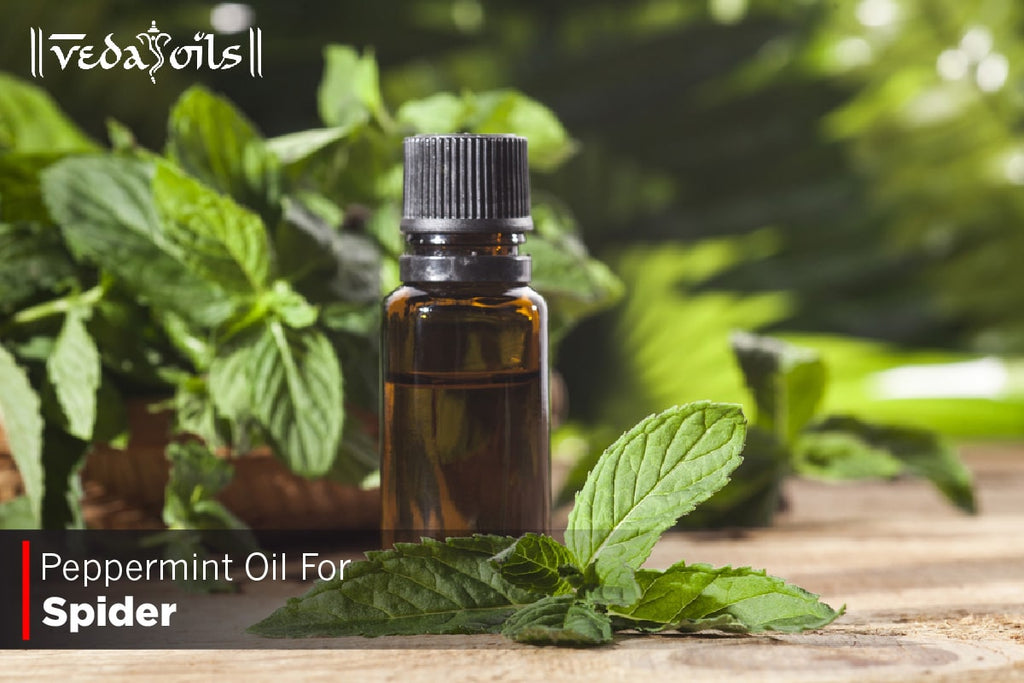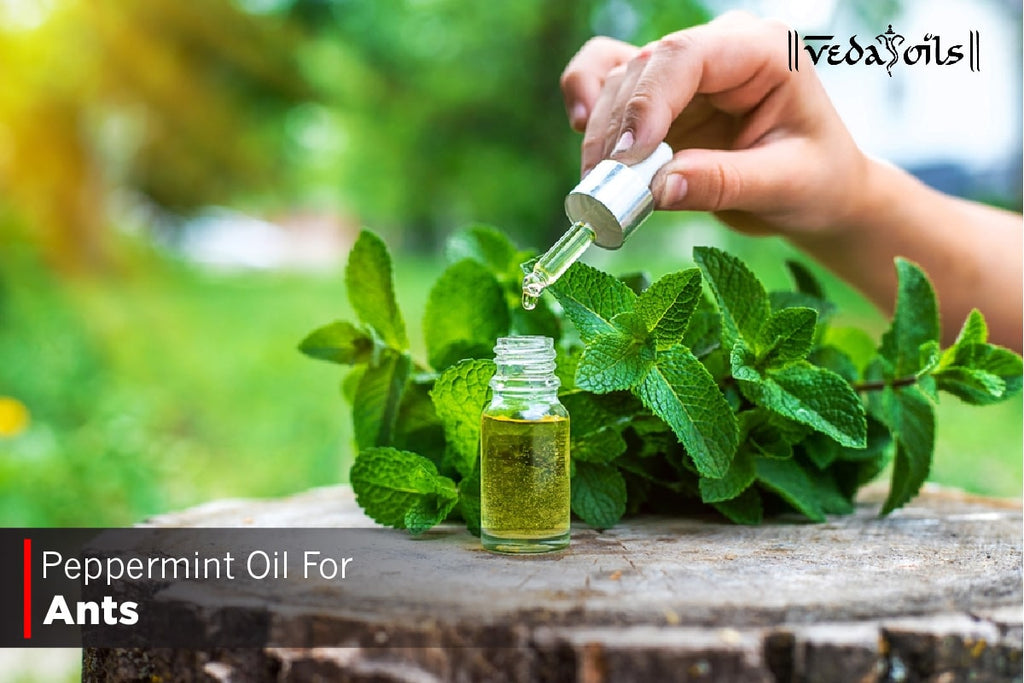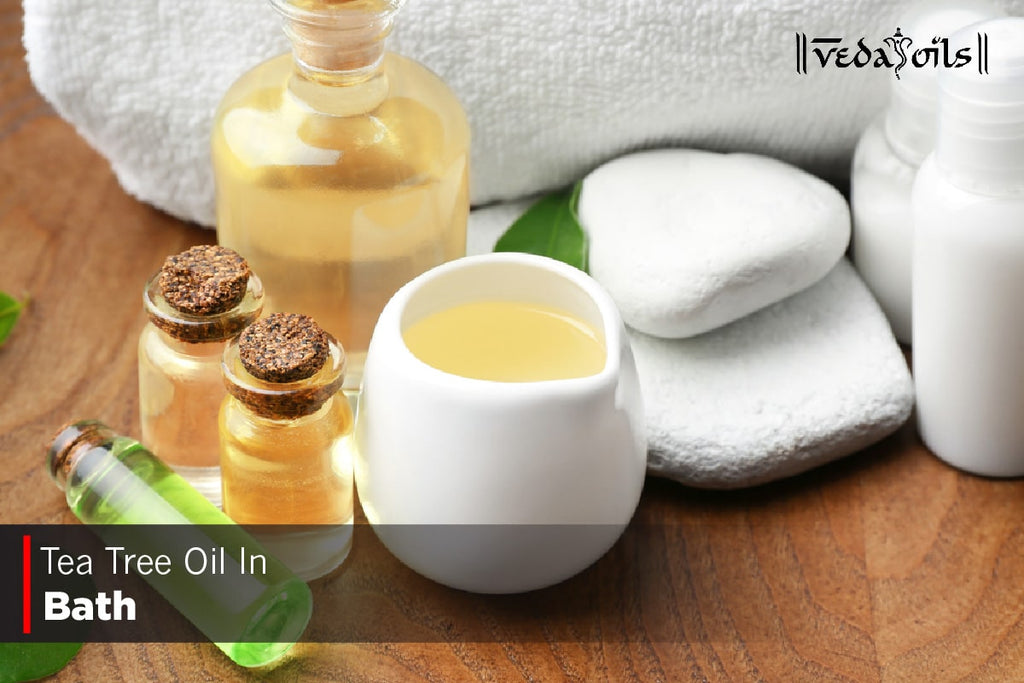Neem Carrier Oil can indeed work wonders for your skin and hair when used the right way. It is one of the most potent natural ingredients and is a great substitute to many chemical-based artificial anti-bacterial and insect repellent agents.
It is a great idea to use Neem Oil in your daily cleansing practices.

Table of Contents
-
Neem Oil in a Nutshell
-
The Historical Context of Neem Oil
-
Neem Oil Constituents
-
How to cultivate and harvest Neem Oil
-
Extraction of Neem Oil
-
The Benefits of Neem Oil
-
Neem Oil Grades and Their Uses
-
Precautions When Using Neem Oil
Neem Oil in a Nutshell

The Historical Context of Neem Oil
It is said that the word “Neem” has its roots in the word “nimba” from Sanskrit which means the agent that bestows good health. It is also referred to as “Ravisambha”, a word which means it has effects similar to sun rays when it comes to promoting good health. Neem is also called the “SarvaRogaNivarini” in the Vedas, a term that means it can cure all ills and diseases.
Neem is also called the Margosa Tree and Indian Lilac. So sacred is the tree that it is considered to have divine origin. A legend recalls how the Neem tree formed a secure haven for the sun but had to escape owing to growing demonic powers. Another legend states how a few drops of the elixir Amrita fell on Neem while it was being taken to the heavens.
Neem has been used as a natural pesticide and fertilizer. Not only does the tree afford people protection from the harsh sun, it also helps keep insects and bugs away as you relax in its shade. Few trees have as many health and medicinal benefits as the Neem tree.
The Neem Tree is basically the Azadirachtaindica botanical and is considered to have first originated in India or in the nearby land of Burma. It was soon found that the tree could grow well in dry and warm regions and it was then taken to Africa, Thailand, Malaysia, Mauritius, Cambodia, and Fiji. The tree is very tolerant to droughts and can withstand high heat.
The tree is said to live on for nearly two centuries. Across millennia, various parts of the Neem tree have been used in medicinal formulations. It was used in beauty remedies, to make insecticides, and for first aid in the event of skin diseases. The tree continues to grow and prosper except in severe droughts and in frost.
The tree is evergreen and thus provides its beautiful green leaves throughout the year. The seeds of the tree are known for yielding the Neem Carrier Oil. However, the bark, the leaves, fruits, and flowers of the tree are also used for making herbal formulations used topically.

Ayurvedic tradition, one of the most ancient in the world, also relies on Neem for several formulations. The leaves have been added to salads and Neem is also used in cooking vegetables. Neem gum is known to have been used as dry throat lozenges and the fruits were also consumed.
Neem Oil is an essential part of many traditions that treat the skin and the hair. It helps remove dryness, soothes the skin, removes damage, and eliminates bacteria. Neem trees around homes were an added advantage: the wind that blew through the trees was believed to carry its essence and rid homes of bacteria and other disease-causing agents. Even cattle and livestock were fed Neem leaves for treating ailments.
Neem leaves, seeds, and bark were all added to soil as fertilizers and pesticides. Neem finds numerous benefits in traditional medicine: it has been used to treat fevers, tetanus infections, jaundice, arthritis, malaria, rheumatism, respiratory infections, lice, ringworm, bacterial infections, eczema, psoriasis, hives, and gastrointestinal disorders.
Neem oil is considered to be a powerful agent in organic farming and for medicinal formulations. The oil and the various parts of the tree were used for their insect repellent properties. They are also effective against dandruff and can help get rid of head lice.
Neem Carrier Oil is also used in making cosmetics, massage oils, and soaps.
Neem Oil Constituents
Let us now understand the main ingredients of Neem oil which lend it its powerful properties.
Azadirachtin: |
|
Oleic Acids (Omega 9) |
|
Palmitic Acid: |
|
Stearic Acid: |
|
Linoleic Acids (Omega 6): |
|
Vitamin E: |
|
Carotenoids: |
|
Nimbin: |
|
Alpha-Linolenic Acids (Omega-3): |
|
Neem carrier oil is used to treat ailments like eczema, burns, rosacea, psoriasis, acne, and rashes. Neem carrier oil is also known to soothe the skin which is itchy, inflamed, and red. Neem oil is used in anti-aging products as a natural agent. It is also used to prevent damage to the skin that is caused by the ultraviolet rays of the sun.
It restores moisture, soothes wrinkles, increases elasticity, and boosts the production of collagen in the skin as it can penetrate deeply into the skin. It is also known to treat cracked heels.
It is also known to bring a glow to the skin and reduce redness. It can open clogged pores and follicles. It is known to soothe irritated skin and does not leave greasy remains. This makes it effective for use on skin that is prone to acne. It removes the bacteria that cause acne, tightens the pores of the skin, and evens the skin tone. This helps to prevent the breakout of acne.

Neem carrier oil makes the skin supple and heals scars. It can remove dandruff from hair and balance the pH level of the hair. It detangles the hair and is also known to prevent the thinning of hair due to pollution, stress, and medication. It increases hair growth.
If Neem oil is used regularly on the hair from the root to the tips, it will repair split ends and maintain good health. It will also rejuvenate and make the hair look shiny, giving them strength and luster.
Neem carrier oil is known to remove fungal infections. It removes the bacteria that cause irritation and helps to treat skin diseases such as athlete's foot, cold sores, ringworm, and nail fungus. It suffocates the parasites that are present on the skin and thus prevents diseases such as head lice and scabies.
It can also be used on minor wounds. It will reduce inflammation and facilitate healing. It increases blood flow to the wounded area and helps to generate collagen fibers which will make the skin firm and strong, thus healing the wound quickly.
Let’s summarize the cosmetic and medicinal properties of neem oil.
Cosmetic: It has moisturizing, anti-inflammatory, regulating, antioxidant, pediculicidal, and astringent properties
Medicinal: It has antiseptic, antiviral, antifungal, antibacterial, antihistamine, anti-inflammatory, diuretic, parasiticidal, astringent, antipyretic, and analgesic properties. It also has anthelmintic, febrifuge, and emmenagogue properties.
How to cultivate and harvest Neem Oil
The evergreen Neem tree is related botanically to the mahogany tree and is found in dry regions of Southeast Asia in the areas that are amply lit by the sun and dry. It is also found in subtropical and tropical regions. It is not able to survive in extreme cold weather, extreme temperatures, and in soil that lacks adequate water drainage.
The Neem tree can grow in any soil that is acidic, alkaline, rocky, shallow, saline, or hardpan. It can grow on the soil which has a pH level up to 8.5. The Neem tree benefits the environment as it gives out larger amounts of oxygen in comparison to other trees and also increases the fertility of soil. It can also neutralize the acidity of the soil.
Some Neem trees can live for more than 2 centuries. The roots are taproot-type and are quite deep. The roots can be twice the height of the tree, mainly when the tree is young and it can live on smaller amounts of water. This makes it drought resistant. The branches of the tree spread wider and the tree bears flowers that are white in color.

Smooth green fruits that are called drupes grow from the flowers and on ripening, turn into golden yellow color. The tree starts to bloom when it reaches the age of 2-3 years and starts giving fruits after the age of 3-5 years. When the tree reaches the age of 10 years, it can produce approximately 50 kg of fruits in one year. The fruits or drupes are ellipsoidal or oval in shape.
The pulp inside is sweet and the seed or nut is white. The tree fruits annually but if there is more moisture it can flower twice in a year. The fruits on ripening fall on the ground or can be picked after shaking the tree or stripped from the tree.
The pulp of the fruit should be removed within a period of 45 hours after the fruits are stripped This can be procured by rubbing the pulp on an abrasive surface when the fruits are still wet. On removing the pulp, the fruit stones are washed with water so that any remaining flesh is removed from the fruit. This will yield the clean white seed.
On some areas, the cleaning parts of the seeds is left to birds and bats. These eat the pulp of the fruit and throw the clean seeds. The seeds are distributed by birds, bats, and baboons to far-away areas.
The growth of real weeds does not pose any problem to the Neem trees.
Extraction of Neem Oil
The Neem carrier oil is extracted from seed kernels, fruits, seeds, or seed cakes by solvent extraction, cold-pressing, high pressure extraction, or steam. The first step in any of these methods involves the removal of the pulp from the seed and then air drying the seeds in a room that has low humidity.
Next, the husk is removed from the seeds before they are taken for extraction. In the method of cold-pressing, which is also the oldest method of extracting Neem oil, light green and fresh kernels are crushed and pressed which releases the oil which is later collected. The fresh seeds produce oil that is lighter in color and has more tolerable aroma.
The seeds that are old or rancid produce oil that is dark in color and produce an unpleasant strong smell that resembles the smell of sulfur. Of all the above extraction methods, the method of cold-pressing produces the highest quality of virgin oil that contains all the active constituents of Neem.

The second pressing of the seeds produces oil that is used in the manufacture of soap and insect repellants. In the high pressure extraction and steam method, the kernels are steamed to increase the flow of oil inside them.
Then, they are treated to high pressure to squeeze out the oil. The oil that is produced by this method is dark in color and has an unpleasant scent. Also, heat will remove some of the valuable properties of Neem oil.
In the solvent extraction method, the kernels are crushed finely and then are allowed to soak in an organic solvent in a container. The organic solvent mainly used is hexane. This will draw out the Neem oil. The solvent is recovered and the clear Neem oil is obtained. In this solvent extraction method, the constituents of the oil that are not soluble in hexane are left behind.
The oil produced by this method is used in cosmetic applications and in making health products. The kernels can be first pressed which makes a seed cake and then it is soaked in hexane to extract the oil. Neem carrier oil comes in a variety of colors that range from golden yellow, dark brown, yellowish brown, reddish brown, bright red, and greenish brown.
The odor of the Neem oil resembles the aroma of peanut and garlic. The oil produced from the fruits that are picked from the tree is of the highest quality in comparison to the oil produced from the fruits that fall to the ground.
The Benefits of Neem Oil
Neem oil has so many uses that it is probably impossible to list them all here. From cosmetic to medicinal, the uses are abundant. Neem oil is an important constituent of many shampoos, creams, soaps, lotions, and gels.
When used topically, the oil can soothe skin problems including inflammation and lower temperature during fever, it eliminates muscle and joint pains that are the result of rheumatic diseases. It can be used as a skin toner as it restores moisture levels while also killing harmful bacteria beneath the surface of the skin. This makes the skin glowing, shinier, and healthy.
Neem Carrier Oil can also be used to condition dry skin when blended with coconut oil. Add just a few drops of Lavender or Lemon Essential Oil to this blend to create a unique aroma. Neem Oil can also keep acne under check when it is blended with Olive Oil and used on the face for one hour. Wash it off or leave it overnight.

Hyperpigmentation-affected skin areas can also be treated using Neem Oil. Apply the oil using a cotton bud and the affected areas will be lightened.
To treat head lice, all you have to do is heat 2 tbsp of Neem Carrier Oil and apply it on the hair. Wrap a towel or scarf around the hair to allow the oil to enter the scalp and leave overnight. You will notice dead lice on the towel in the morning.
Wash the oil from the hair using herbal shampoo. If you still face irritation, repeat the process. Take a tsp of Neem Oil and heat it. Allow it to cool slightly and apply on the scalp while massaging to eliminate dandruff and soothe dry scalp. Leave the oil for 30 minutes and then wash it off. You can also blend it with Coconut oil for more conditioning.
One should regularly apply Neem Carrier Oil on the scalp to make the skin stronger and this will also promote the growth of well-moisturized, smooth, shiny, and frizz-free hair.
If you do not wish to massage with Neem Oil, add some drops of the oil to your shampoo before washing your hair.
In the event of nail infections, soak your nails in 1-2 drops of the carrier oil to heal any infections. Repeat this process twice or thrice daily and you will find that the infection is soon healed.

If you’re suffering from scabies, add some Neem Oil to your bath water and this will help you get rid of skin parasites. You could also dab the oil on the affected areas and leave it for some 15 minutes. This will help treat inflammation and itching.
You can also add some drops of Neem Oil to your liquid hand soap to make a natural antibacterial soap.
Neem Oil can also be used for medicinal purposes where it can heal wounds, cuts, and mosquito bites. You can also add it to Vaseline or blend it with a carrier oil before you apply it. This is a great way to make insect repellent at home.
If you’re suffering from Athlete’s foot, add some Neem Oil to a tub filled with warm water and soak your feet in it. To treat warts, apply Neem oil on the affected region and do this daily. Neem oil is also effective in treating eczema, sores, psoriasis, and skin infections.
Neem Oil Grades and Their Uses
In this section, we will see the most important grades of Neem oil and also explore the countries of their origin. Finally, we will see the benefits that they provide.
|
Variety of Neem |
Origin |
Uses |
|
Neem Carrier Oil
Azadirachtaindica |
India |
|
Precautions When Using Neem Oil
Remember that carrier oils are for external use only and should never be consumed. Keep carrier oils away from children to prevent them for ingesting these accidentally.
You should also always conduct a patch test with the oil before using it. This involves trying a few drops of the oil on your inner arm and waiting for about 2-3 days while observing for any allergic reactions.
Neem oil is said to have potential abortifacient characteristics and it can reduce fertility or induce a spontaneous miscarriage. It is thus extremely important that women who’re trying to conceive or those who are pregnant should avoid the use of Neem Oil. It is best to always consult your doctor or healthcare practitioner before using the oil.
If you suffer from nut allergies, you should abstain from using Neem Carrier Oil as it is derived from Neem nuts.
If you’re suffering from auto-immune diseases such as Lupus, multiple sclerosis, or rheumatoid arthritis, you should abstain from using Neem oil as it can increase the symptoms.
Furthermore, Neem Carrier Oil can also reduce the potency of medications that are administered to people who’ve undergone organ transplant surgeries as it can affect those medications given to fight organ rejection.
Neem oil should not be utilized at least 2 weeks before a surgery is due as it can lower the blood sugar levels during the surgery or after it has taken place.
Thus, those suffering from diabetes should monitor blood sugar levels with precision when using Neem Oil. It might also be required to modify the diabetes medication in consultation with your doctor.


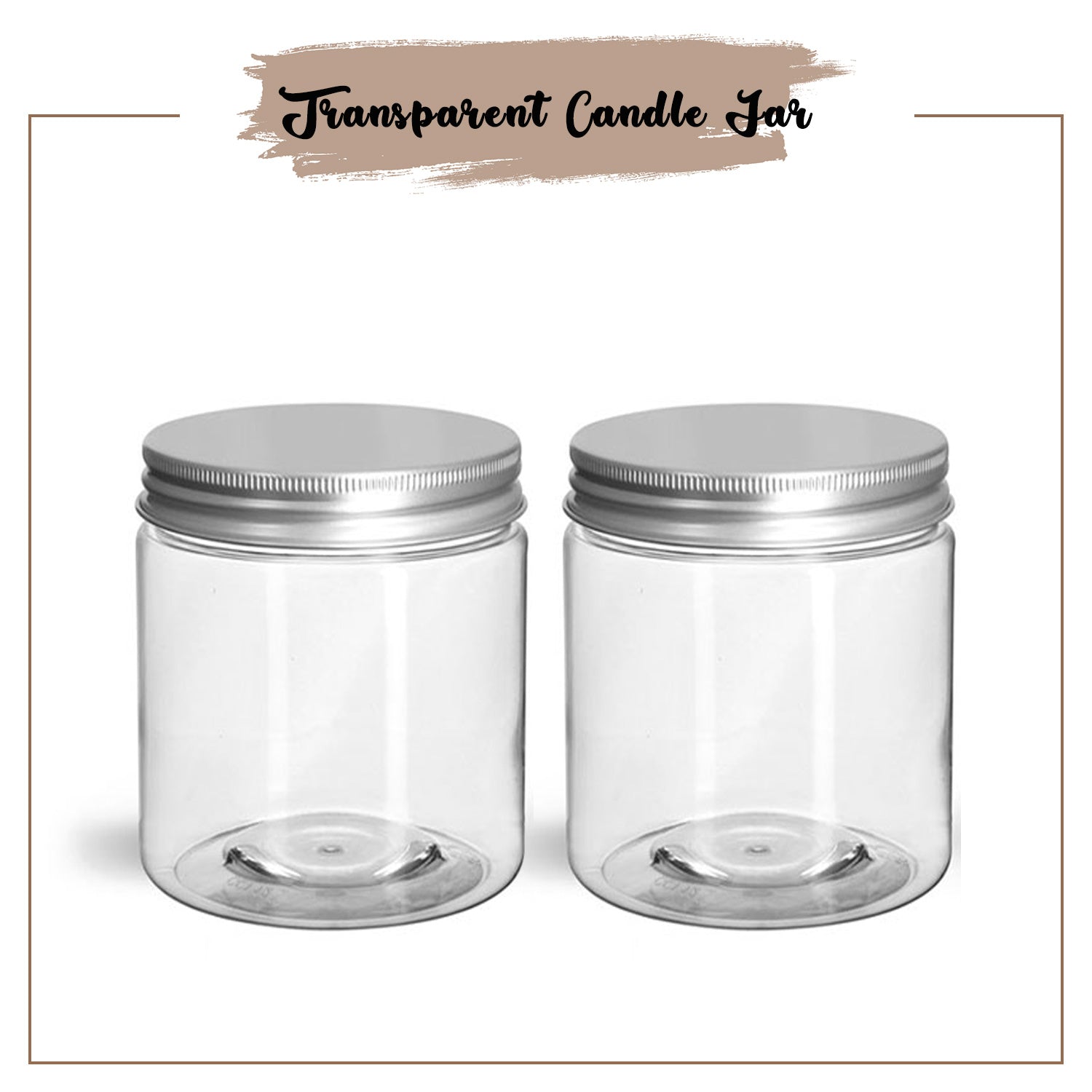

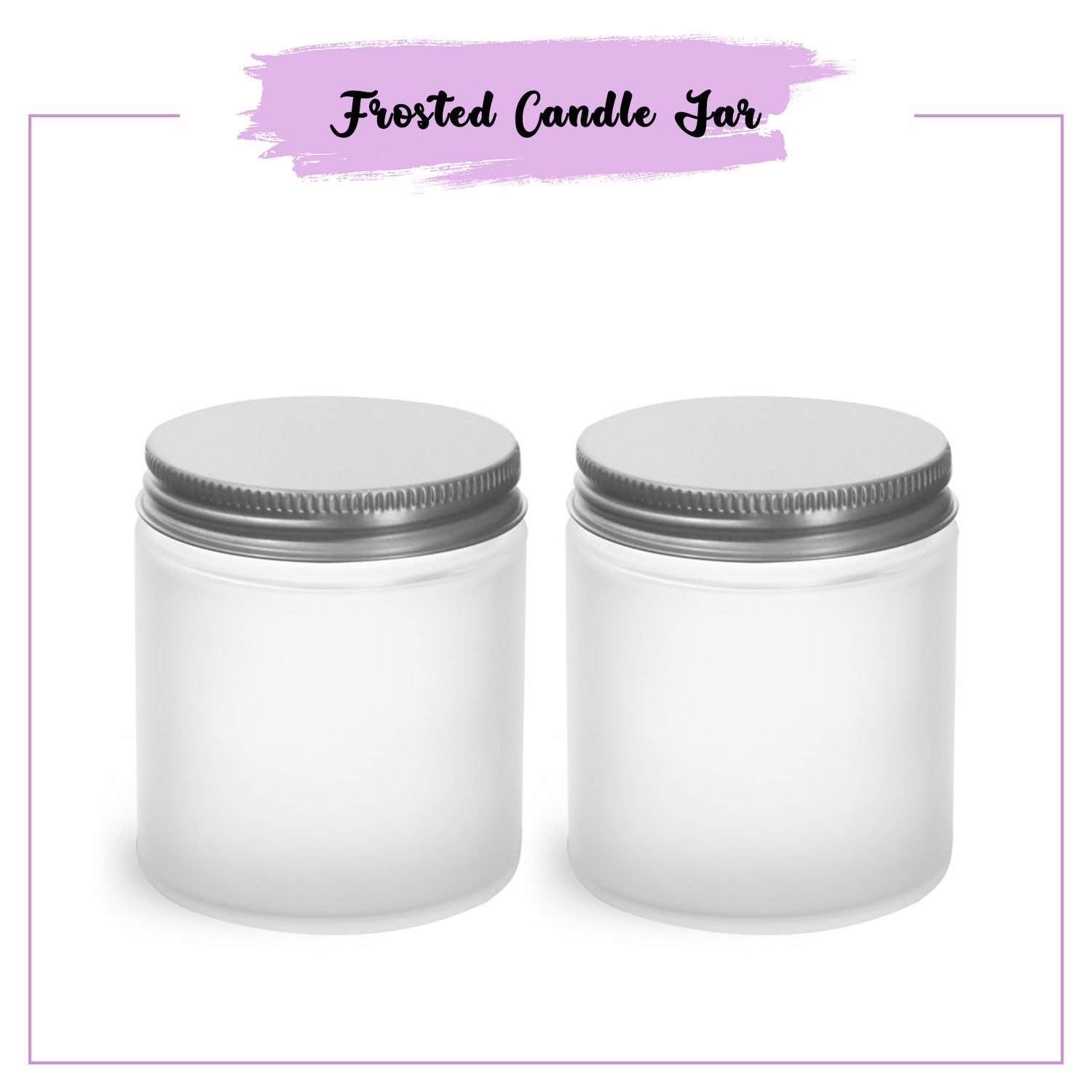

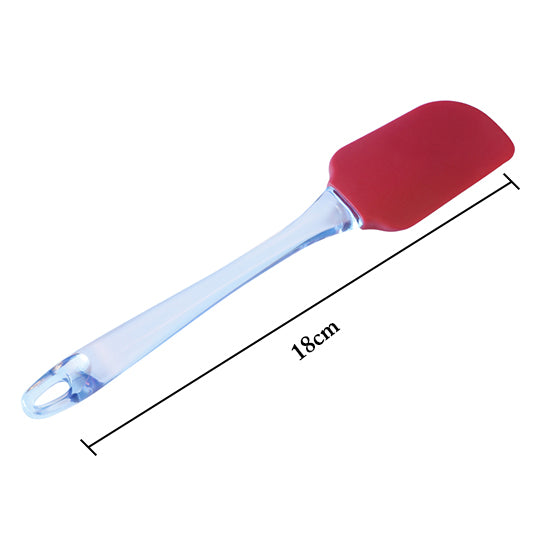

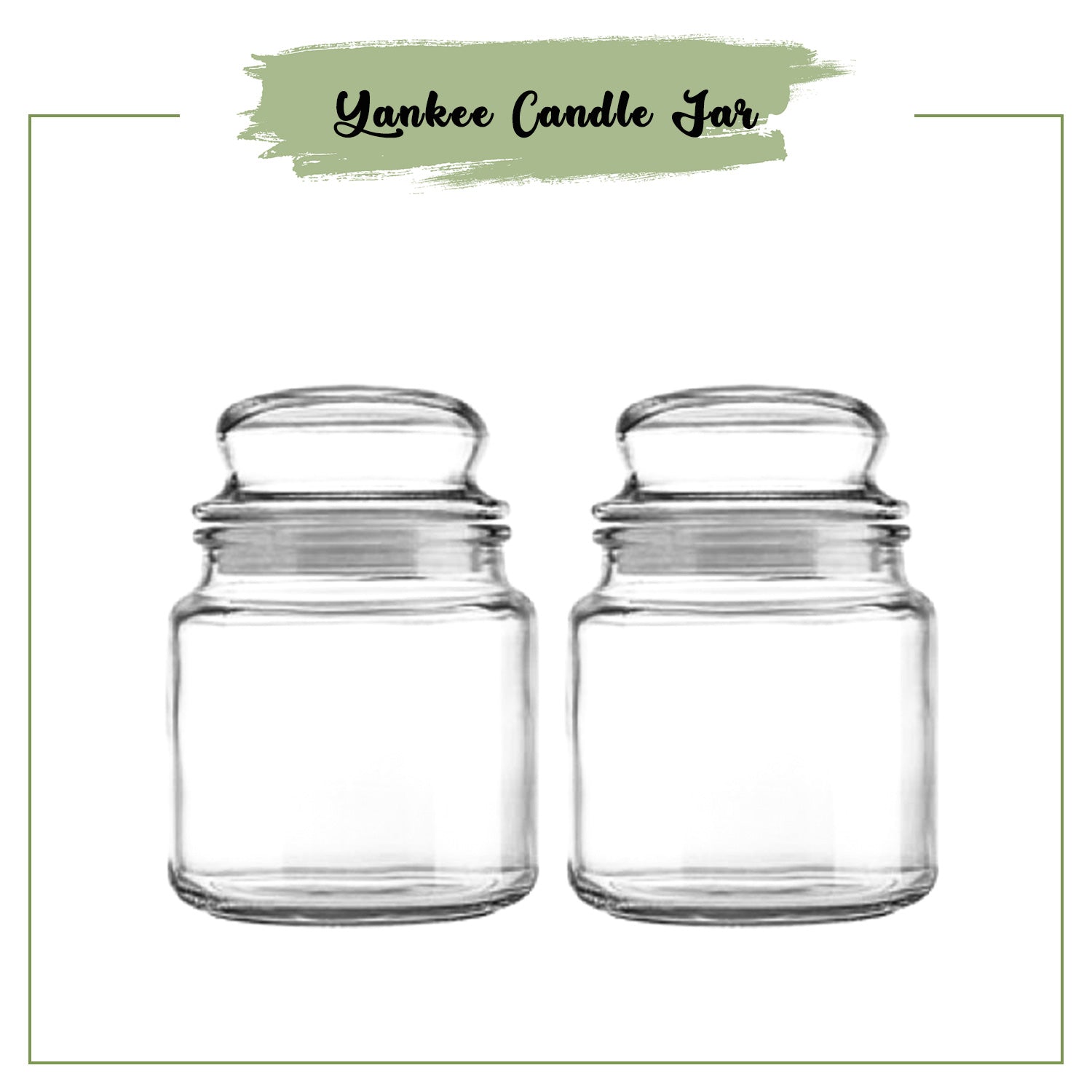

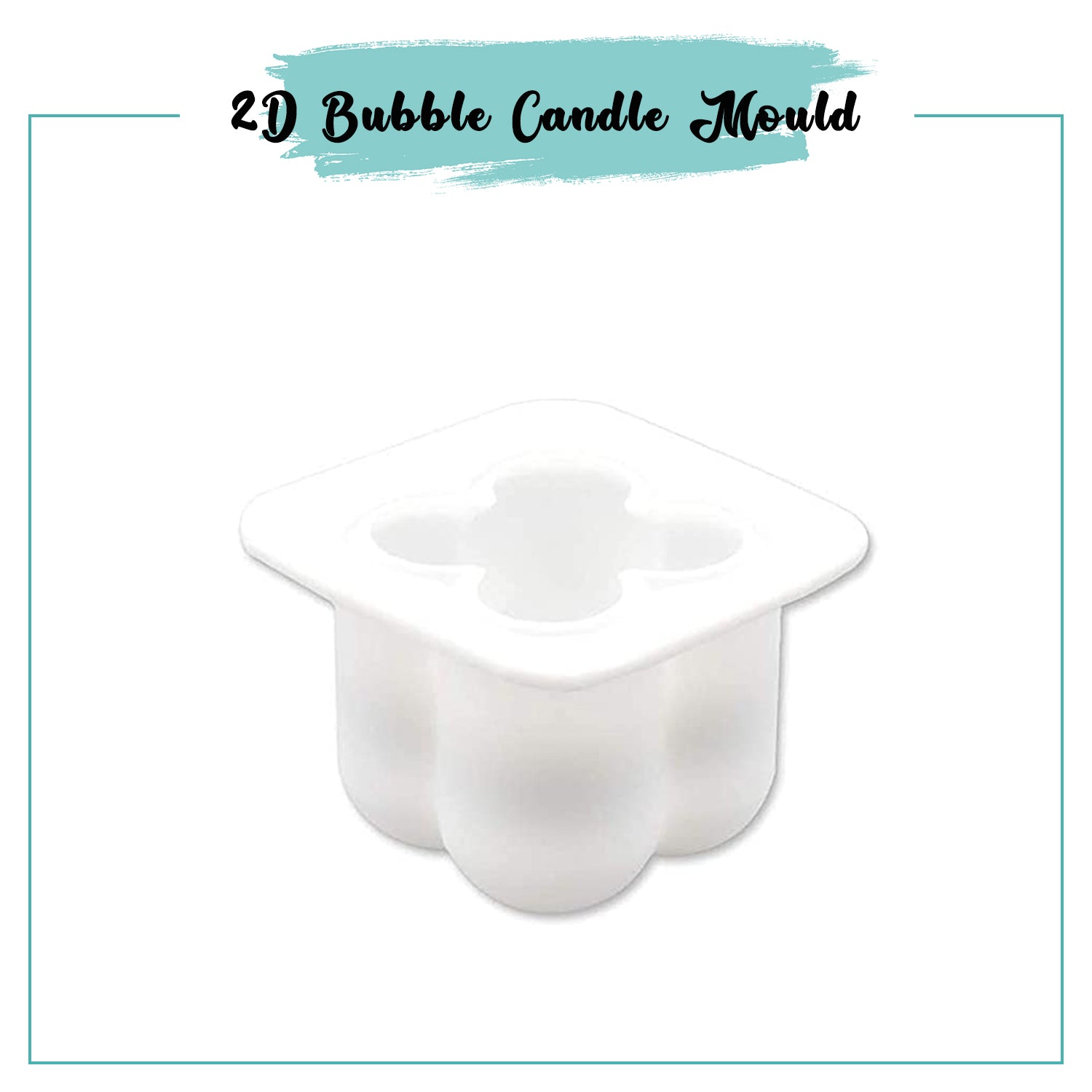


 Sign in
Sign in Register now
Register now My Reward Points
My Reward Points



